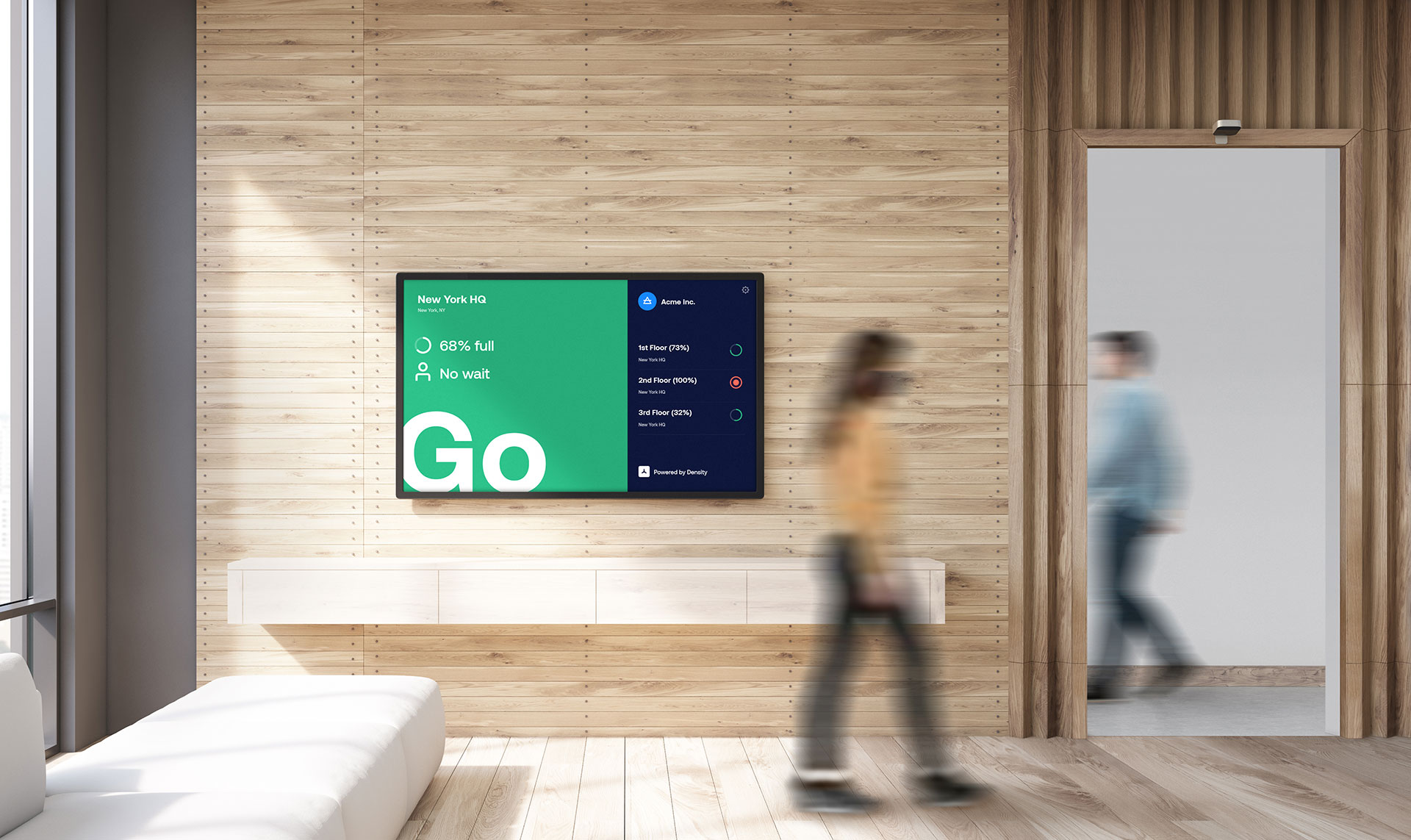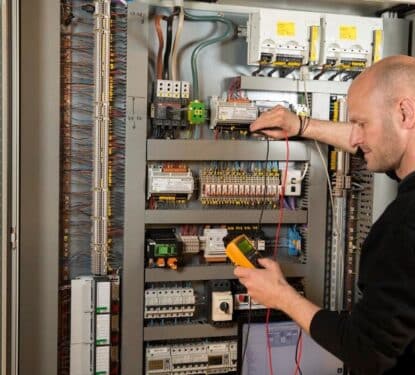The major trend in buildings over the last decade has been a shift towards occupant-centric workplaces. Smart environments epitomized by networks of sensors gathering data on how people use spaces, which then feeds analytical engines to create actionable intelligence on how to improve building and occupant performance. However, 2020 is a brand new decade in more ways than one and, as this turbulent year unfolds, occupancy analytics is transforming from a promising smart technology to an essential building system.
Countries around the world are applying unprecedented and complex rules around the use of indoor spaces, which show a much higher risk for the spread of COVID-19 than outdoors. These new occupant-focused restrictions can change on a weekly basis in many cases and generally revolve around limitations on the maximum capacity of shared spaces like restaurants, stores and workplaces.
“There are a whole host of policies, technologies, and methods for bringing people back to work but, do you bring all of them back at the same time or in waves? Do you follow local requirements for shelter-in-place as your rubric, or do you create your own timeline?” asked Andrew Farah, CEO of Density Inc., in an interview with Memoori in April.
“The one that we have been pulled into with Density is, how do you keep the headcount under a certain threshold to give all employees the opportunity to maintain social distancing. These are all questions that nobody has answers to and it’s fascinating. I mean, maybe morbidly fascinating but it’s fascinating,” Farah continued passionately.
Established in 2014, Density leverages depth-measuring hardware and an AI backend to perform crowd analytics that overcomes the challenges posed by corners, hallways, doorways, and conference rooms. Their infrared people-counting sensors have no way to determine the gender or ethnicity of occupants, nor perform invasive facial recognition or thermal monitoring, making the technology a beacon of privacy in a world that is being pressured to give up a lot for the sake of public health and struggling economics.
Demonstrating the demand for increased people counting abilities, yesterday Density closed a $51 million financing round, added the $12 million they rose in the last round to create a huge fund to drive the company into this new era. Andrew Farah, says the new investments will be put toward addressing “unprecedented demand” from offices, manufacturers, grocery stores, industrial plants, and governments trying to abide by capacity limits during the pandemic. Prolonged social distancing is proving to be a big boost for the occupancy analytics market, and then there’s the recession.

Experts agree that we are entering what is likely to be the deepest recession since WWII, an extended downturn that will challenge many parts of industry and society. Driven by declining revenue and a risk-averse investment community, businesses will look to consolidate their real estate assets. The lockdown-inspired mass remote working trial will encourage many companies to consider full-remote or hybrid workforce models, further exacerbating the post-COVID mass-consolidation of office space. However, deciding which part of your building to cut, sell, or let, presents a whole other set of challenges that require occupancy data to overcome.
“Real estate is a $71 trillion asset globally. In the US alone, there are 10.9 billion square feet of leased or owned corporate real estate but as much as 4.4 billion of that is vacant and paid for. Every year, US corporations spend $250 billion on space with nobody in it, and it’s not that they don’t know they have this problem, they know. It is just that they can’t agree on which 41% is vacant paid for and which is actually being used. So they make decisions anecdotally,” Farah told Memoori in April.
“Imagine you had perfect visibility into where all large groupings of humans were nationwide, outside of residential buildings and without invading privacy, for just one second. You just snap your fingers, you have access to that data, what would you do differently? My guess is that you’d have all sorts of new things that you could do. If there are clearly way too many people you may need to close it down, but where there’s a lot of space you can move more people in that direction,” he continued.
Be it for limiting occupant capacity, better-distributing people across a facility, or deciding which parts of a building or portfolio to let go of, occupancy analytics is fast becoming the essential tool for the post-COVID era. Furthermore, organizations still are looking for new ways to attract and retain the best people, then empower them to be productive. Our 2020 Occupancy Analytics market report estimated that systems would reach $5.73 Billion by 2024, growing at a CAGR of 21.5%, but the post-COVID reality might be even greater.
“The IoT has had transformative effects on smart building automation and control in recent years, disrupting long-established business models and offering significant new opportunities to improve the efficiency of buildings, raise employee productivity, as well as helping to stimulate the development of innovative new service offerings,” explains the Occupancy Analytics & In-Building Location-Based Services report.
“Shifts in the landscape of work are driving a greater focus on occupant experiences and interactions with buildings. We expect this new space for Occupancy Analytics to become a critical element of IoT driven solutions in Smart Buildings that will drive efficiency and transformation in the workplace.”
Follow to get the Latest News & Analysis about the Competition in your Inbox!



